Junction Boxes
Junction boxes, often an overlooked yet crucial component in the electrical installation and maintenance sector, serve a paramount role in ensuring electrical connections are not only secure but also safely contained. These enclosures facilitate the orderly and secure connection of wiring systems, providing a pivotal point for circuits to branch off in various directions. Whether utilised in residential, commercial, or industrial settings, junction boxes safeguard against electrical short circuits and fires by isolating wire connections from potential contact with conductive materials and protecting them from environmental hazards. Beyond their fundamental safety function, these boxes support the organisation and accessibility of electrical wiring, making future inspections, maintenance, or alterations far more manageable. When selecting junction boxes, it's essential to consider factors such as the material—which ranges from durable plastics to metals like stainless steel or aluminium, depending on the environmental exposure and mechanical impact resistance required. Ingress protection ratings are also critical, indicating the level of protection against dust and moisture, ensuring the junction box's contents remain untouched by external conditions. With advancements in technology, some junction boxes now come equipped with features like pre-fitted connectors and adjustable mounting arrangements, further enhancing installation efficiency and flexibility. Understanding the pivotal role and diverse features of junction boxes can significantly impact the safety, functionality, and longevity of electrical systems, making them a category deserving careful consideration for anyone involved in electrical planning or installation.Search in category
Price Range
Brands
No brand matched.
Colour description
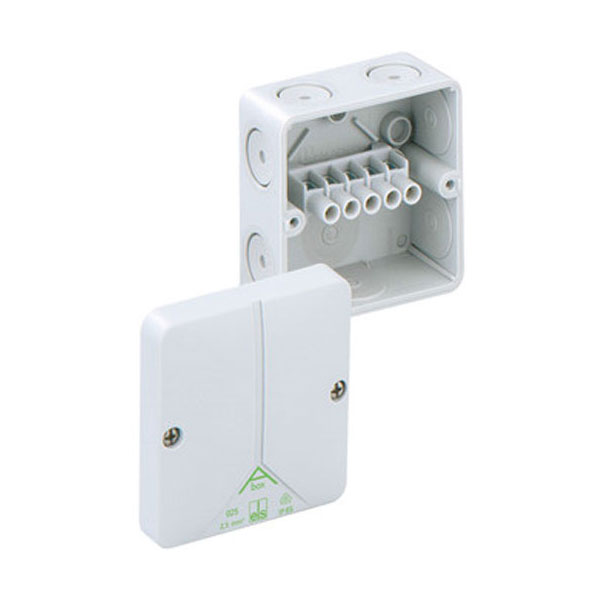
Spelsberg 802 407 01 Abox 025 with Terminal Block
£6.18 Rapid Online - Rapid Electronics Ltd.
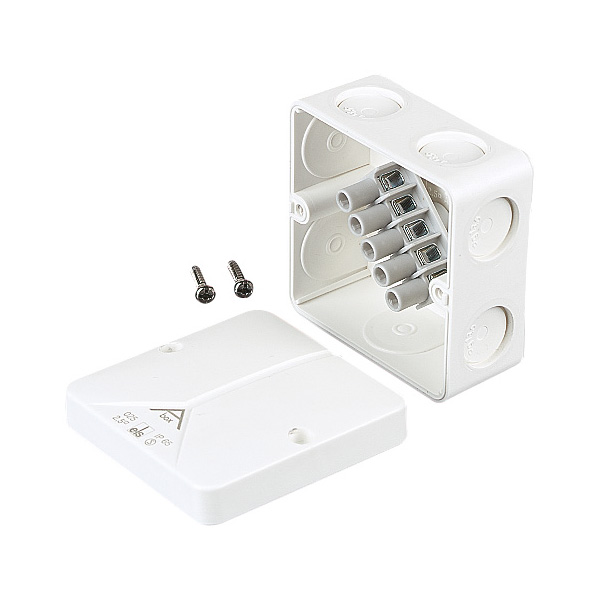
Spelsberg 803 907 Abox 025Ab No Terminal Block
£5.01 Rapid Online - Rapid Electronics Ltd.
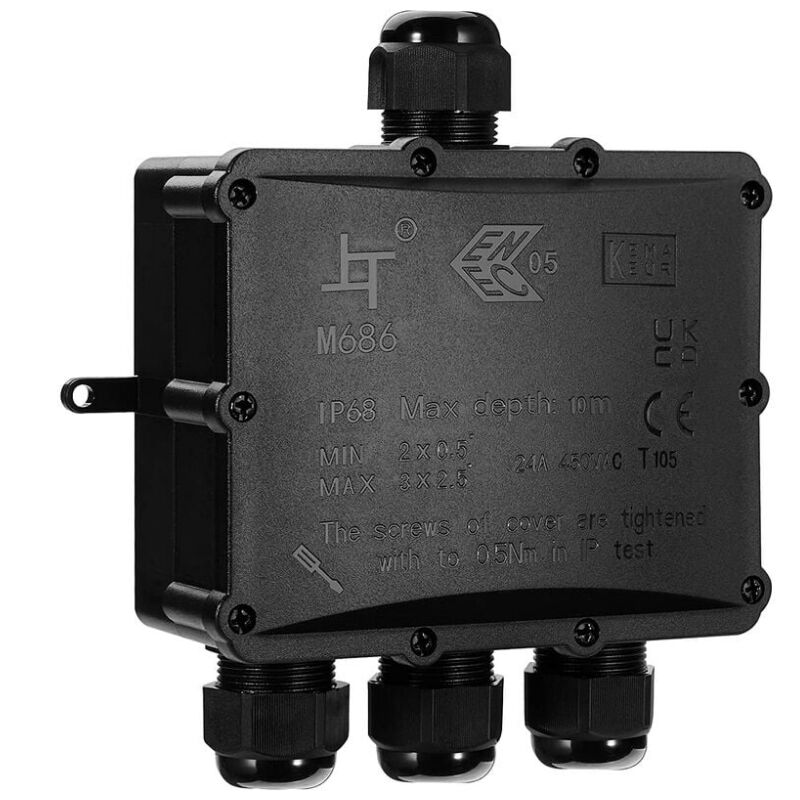
Outdoor IP68 Waterproof Junction Box - 4 Way Larger Cable, Electrical Junction Box Connector for Cable ø 4 to 14mm, abs + pvc
£14.18 Mano Mano UK
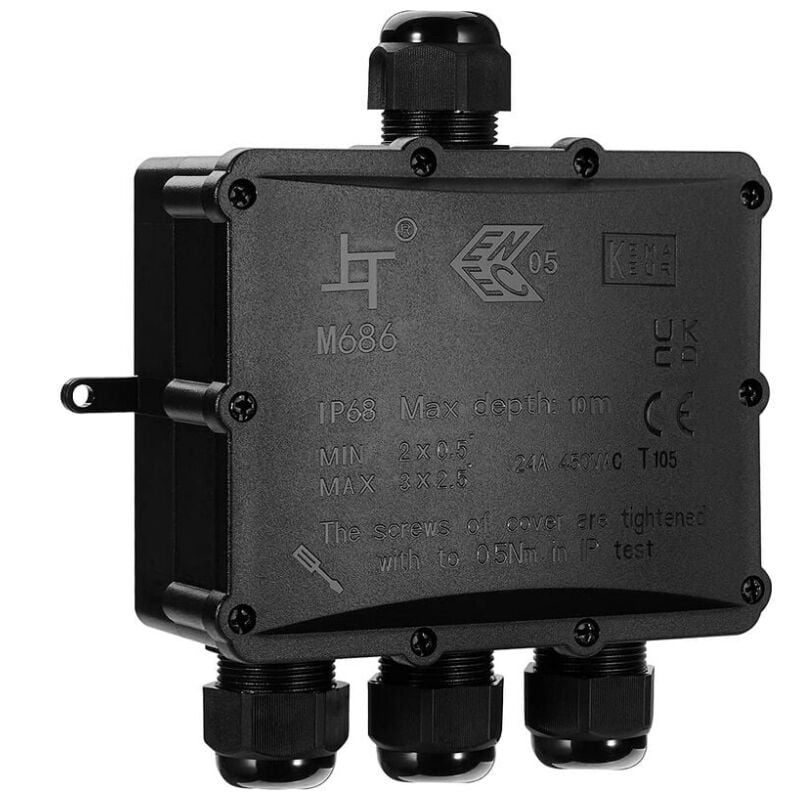
Outdoor IP68 Waterproof Junction Box - 4 Way Larger Cable, Electrical Junction Box Connector for Cable ø 4 to 14mm, abs + pvc
£15.82 Mano Mano UK
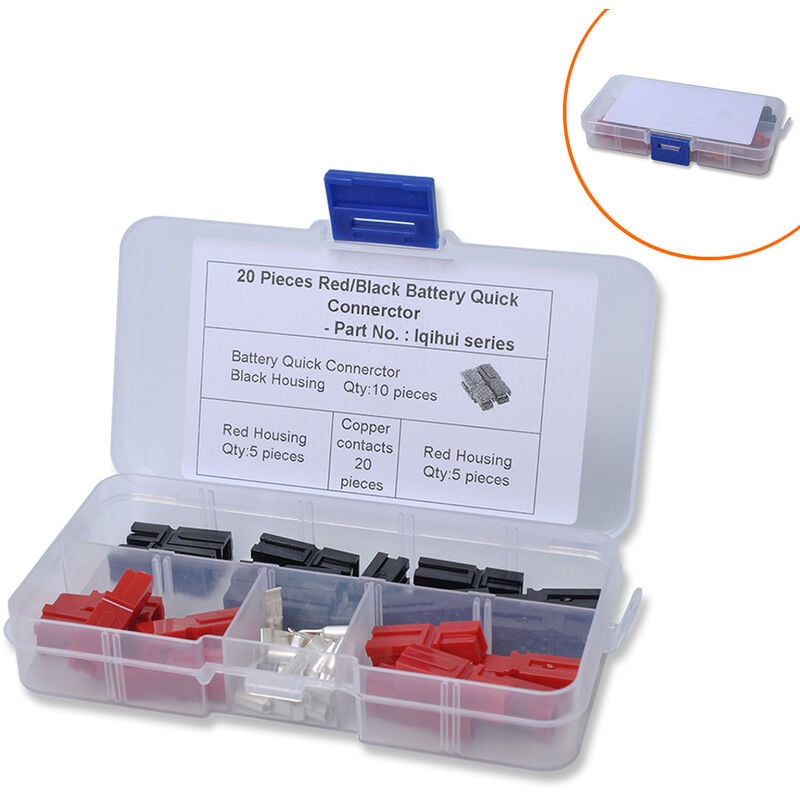
Suitable for Anderson single-stage socket 30A small red and black power connector with terminal 10 pairs of boxes
£13.49 Mano Mano UK
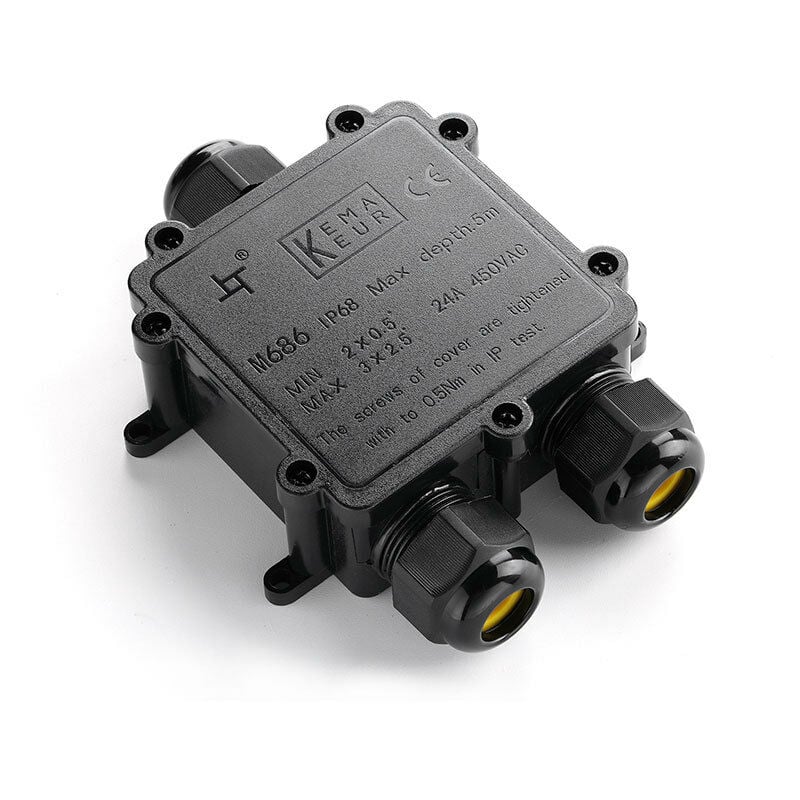
Waterproof outdoor junction box, 1 in 2 out junction box, wiring connector for 4-8mm cable with PA12-3P screw terminal block
£12.76 Mano Mano UK
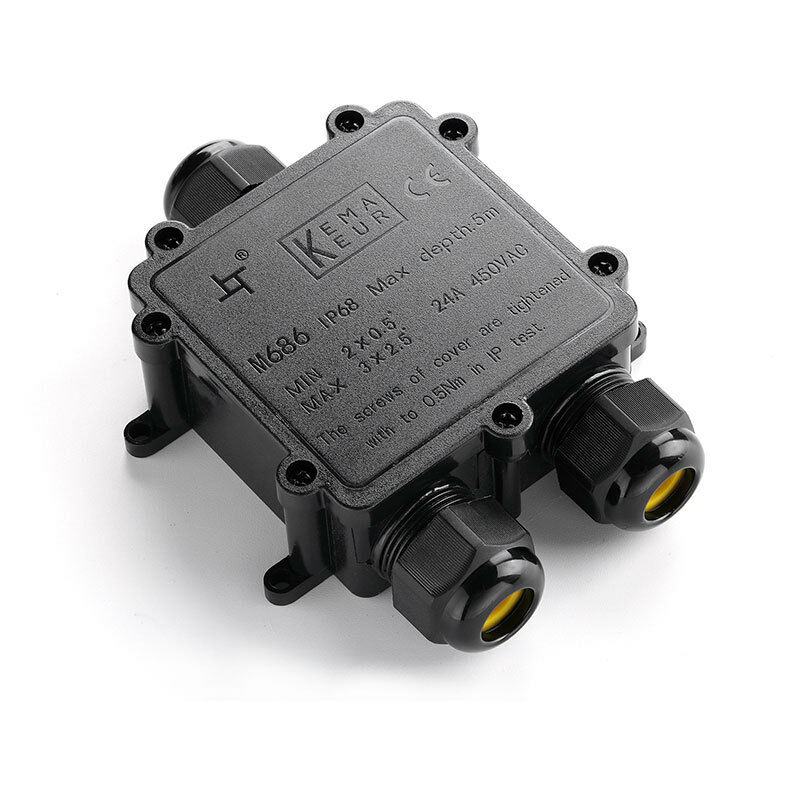
Waterproof outdoor junction box, 1 in 2 outlet junction box, wiring connector for 10-14mm cable with PA12-3P screw terminal block
£12.76 Mano Mano UK
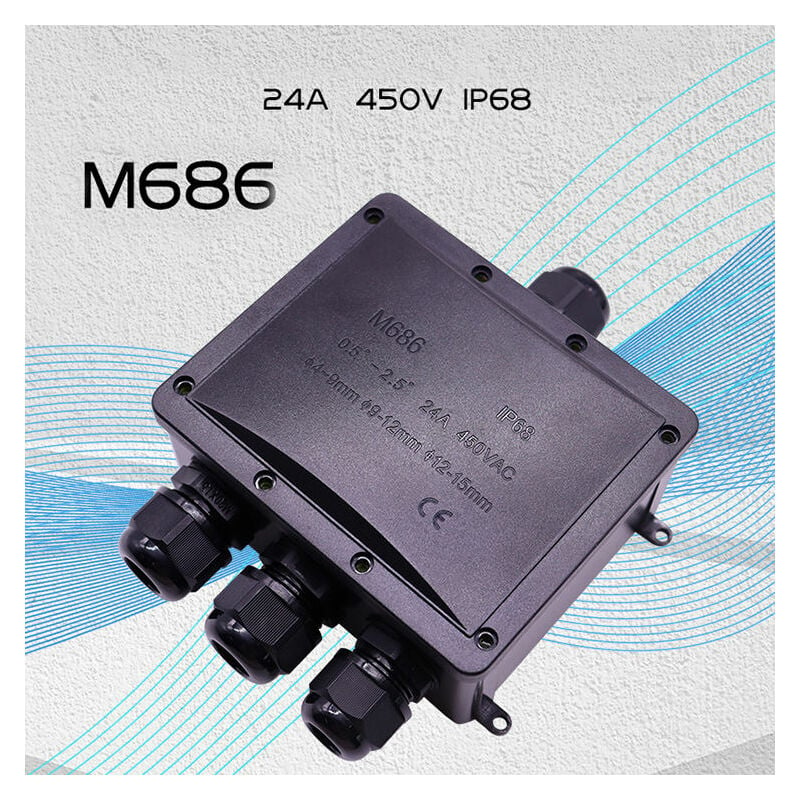
IP68 waterproof junction box M686 four way outdoor cable waterproof junction box with 4 x 4-8mm sealing rings
£18.26 Mano Mano UK
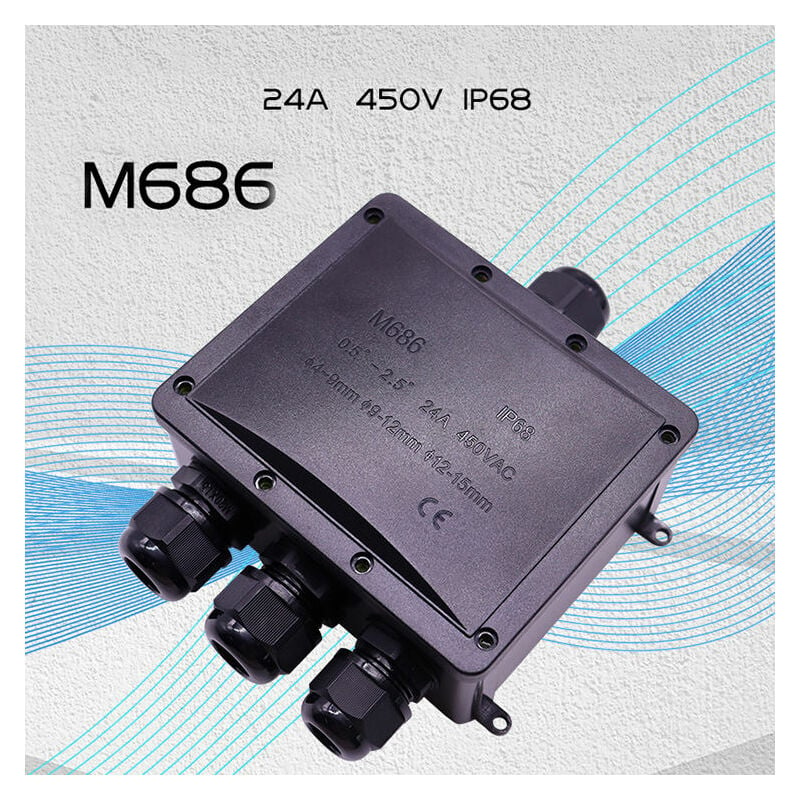
IP68 waterproof junction box M686 four way outdoor cable waterproof junction box with 4 x 8-12mm sealing rings
£18.26 Mano Mano UK
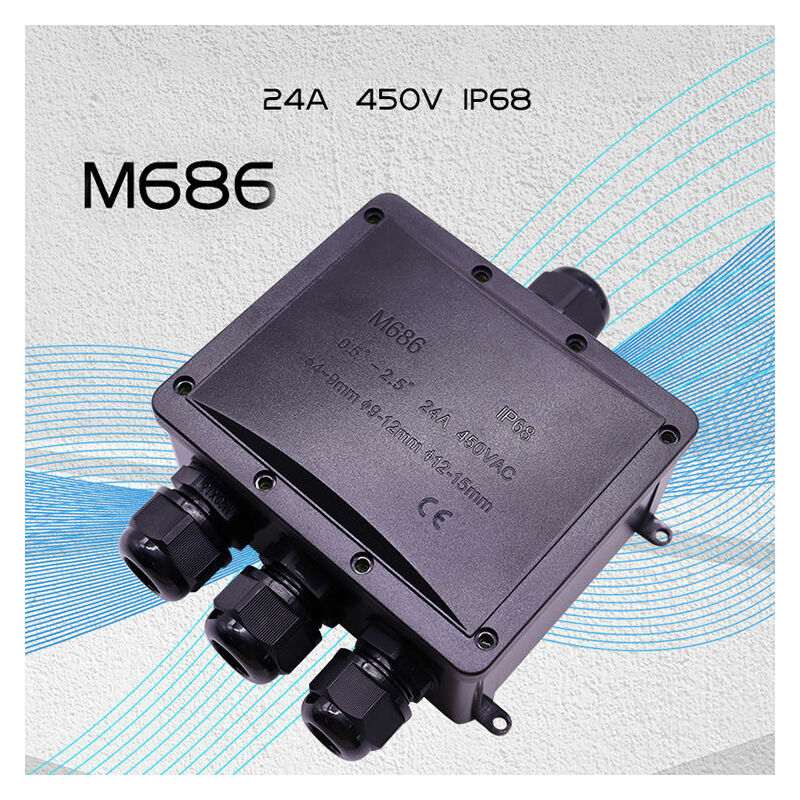
IP68 waterproof junction box M686 four way outdoor cable waterproof junction box with 4 sealing rings 10-14mm
£18.26 Mano Mano UK
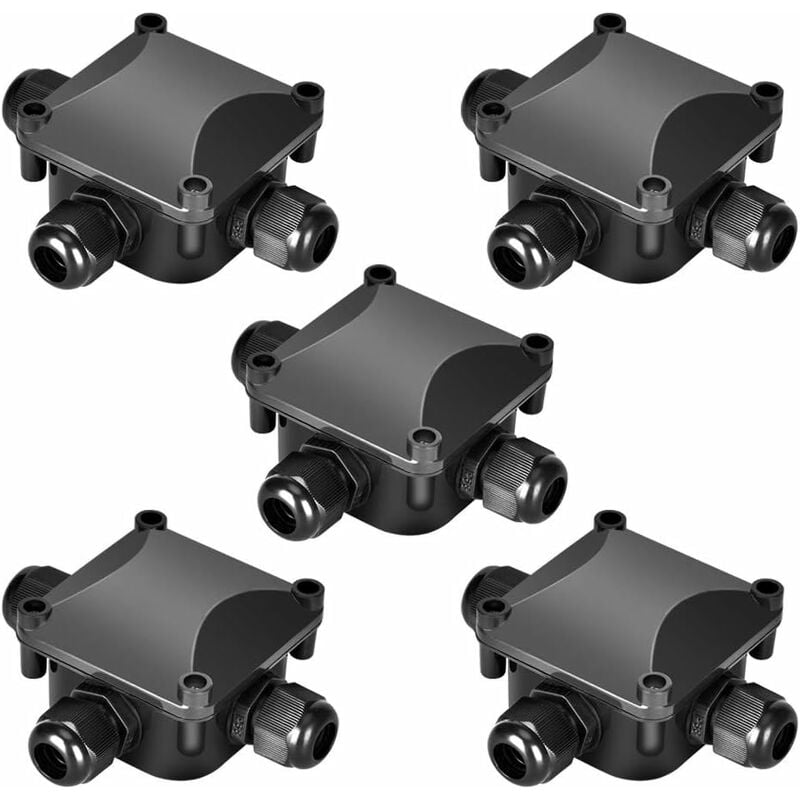
Set of 5 waterproof junction boxes IP68 230 v Black
£17.29 Mano Mano UK
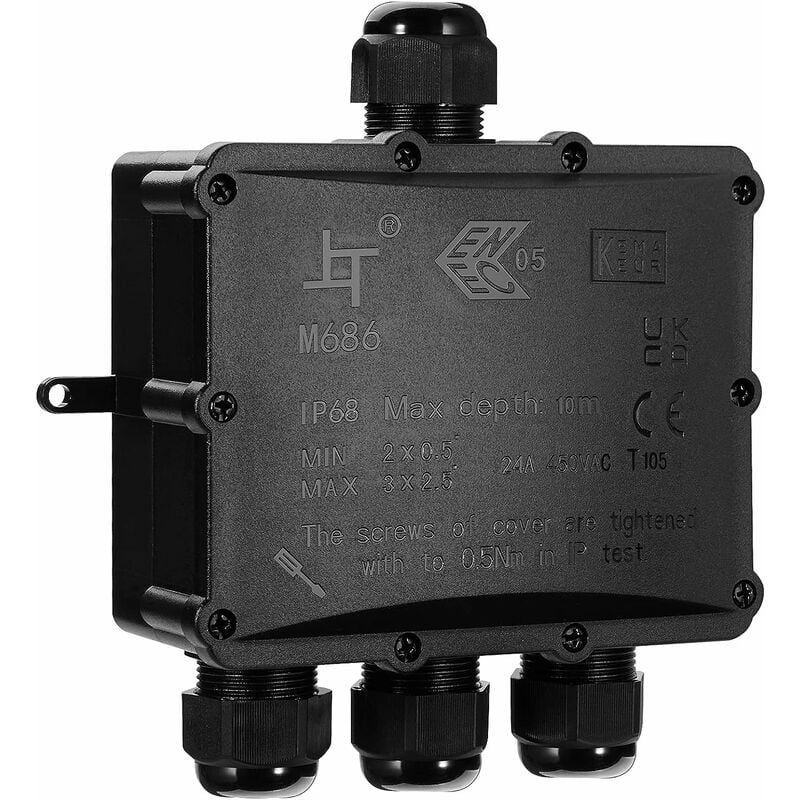
Outdoor IP68 Waterproof Junction Box - 4 Way Larger Cable, Electrical Junction Box Connector for Cable ø 4 to 14mm, abs + pvc
£15.35 Mano Mano UK
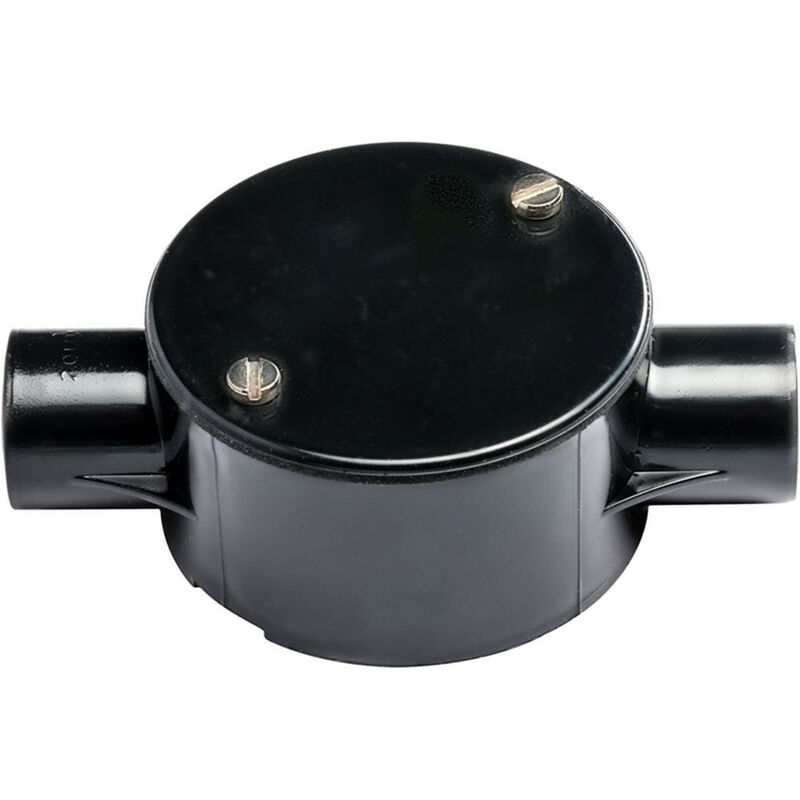
Tower 2W Through Box 20mm Black CP5 - Black
£1.99 Mano Mano UK
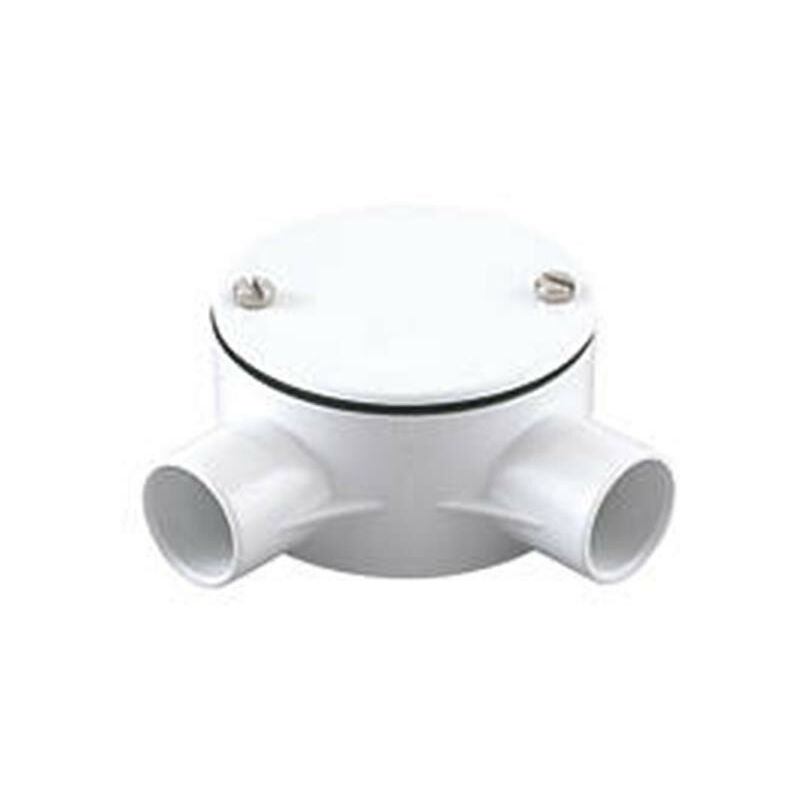
Tower 2W Angle Box 20mm White CP6 - White
£1.75 Mano Mano UK
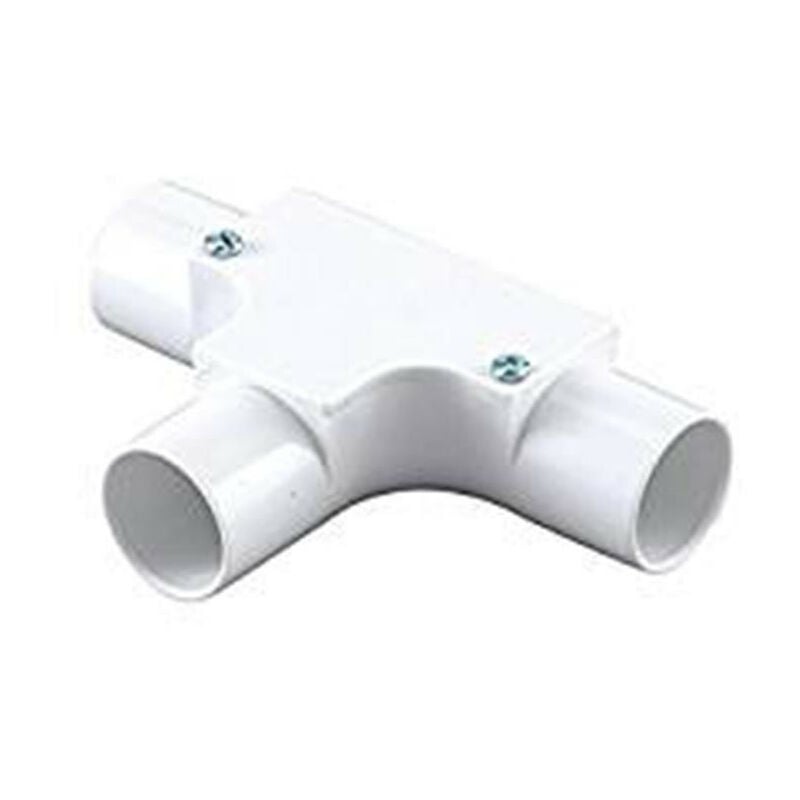
Tower Inspection Tee 20mm White CP12 - White
£1.18 Mano Mano UK
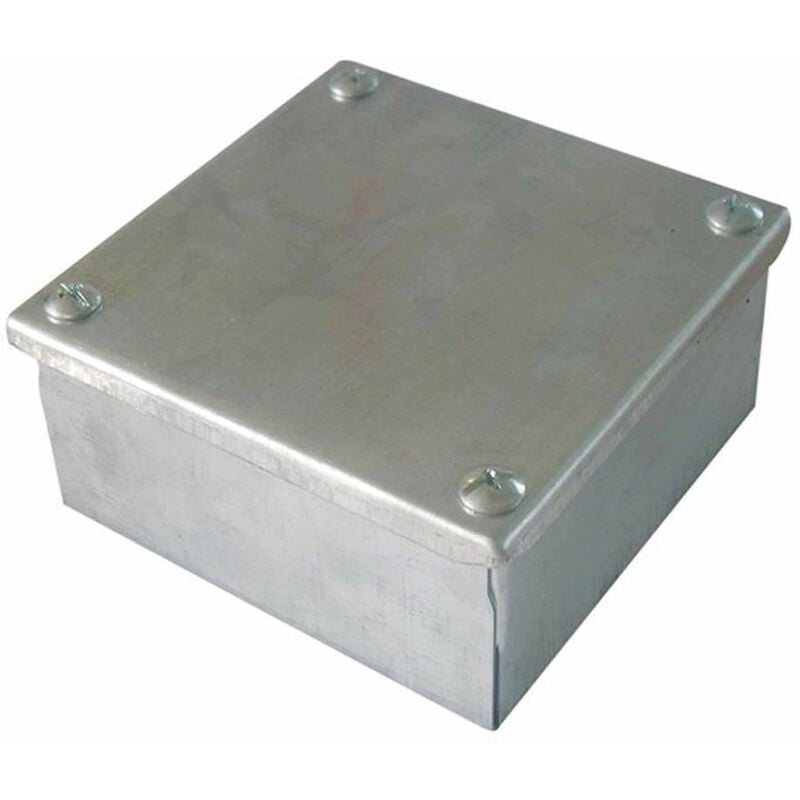
Adaptable Plain Box Galv Steel 75mm x 50mm - Pack of 10 - n/a - Greenbrook
£22.55 Mano Mano UK
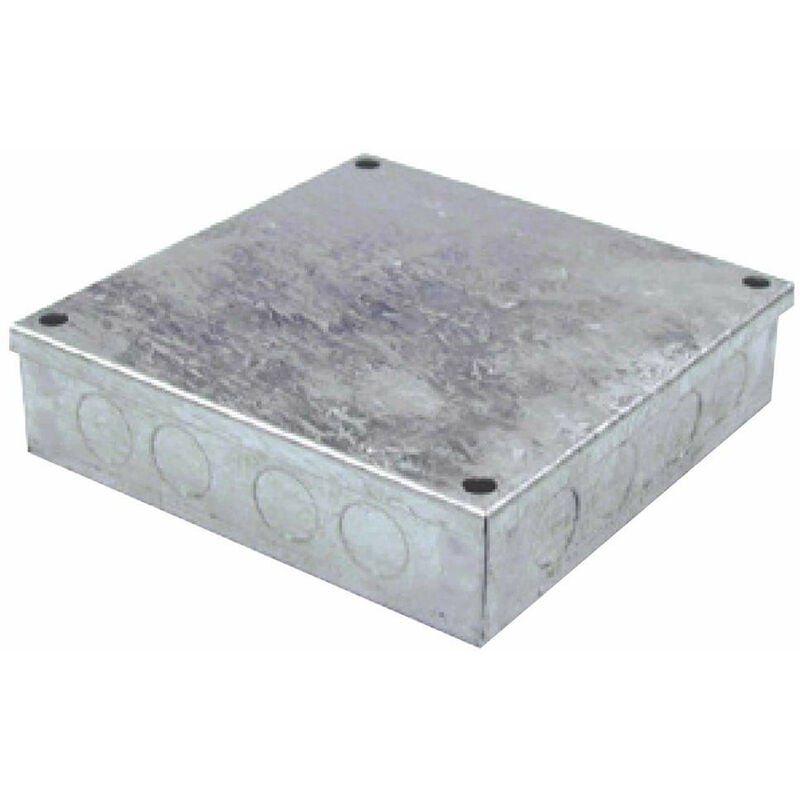
Greenbrook Adaptable Knock Out Box Galv Steel 100mm x 50mm - Pack of 5 - N/A
£12.00 Mano Mano UK
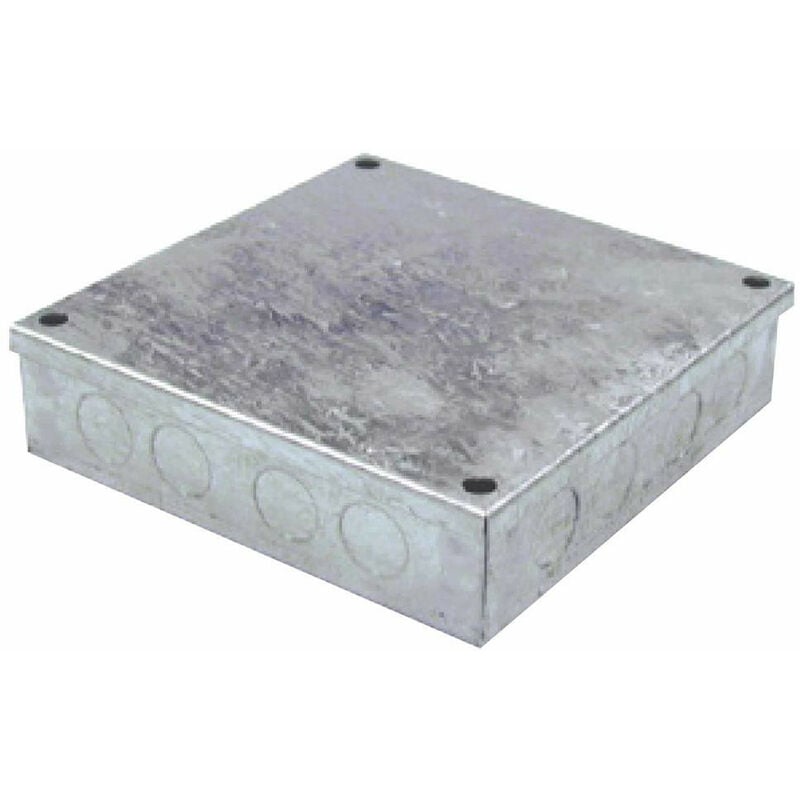
Adaptable Knock Out Box Galv Steel 150mm x x150mm - Pack of 6 - n/a - Greenbrook
£24.00 Mano Mano UK
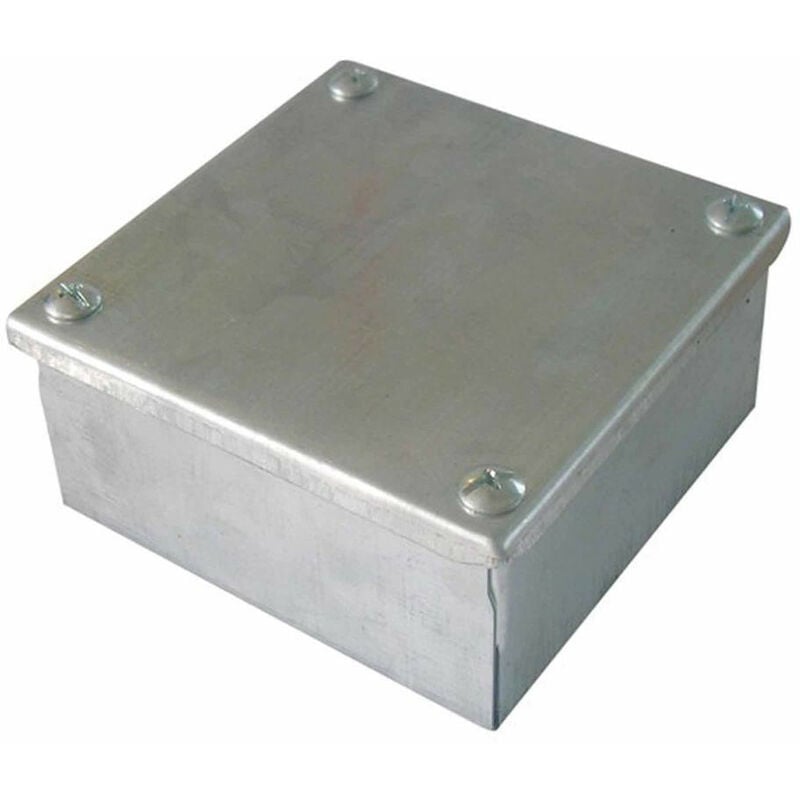
Greenbrook Adaptable Plain Box Galv Steel 150mm x 50mm - Pack of 6 - N/A
£21.52 Mano Mano UK
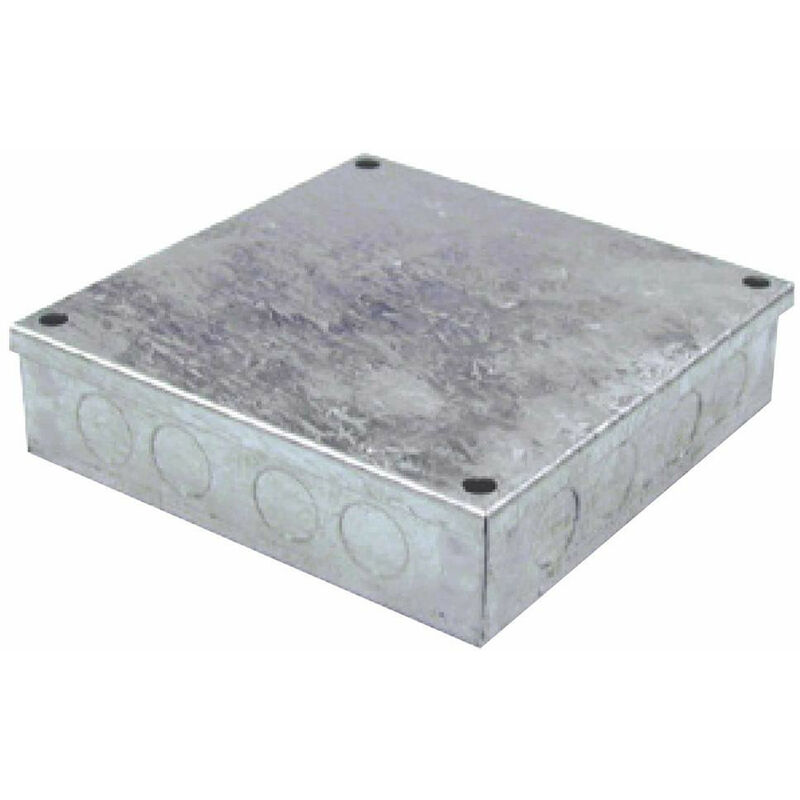
Adaptable Knock Out Box Galv Steel 225mm x 75mm - Pack of 2 - n/a - Greenbrook
£29.99 Mano Mano UK
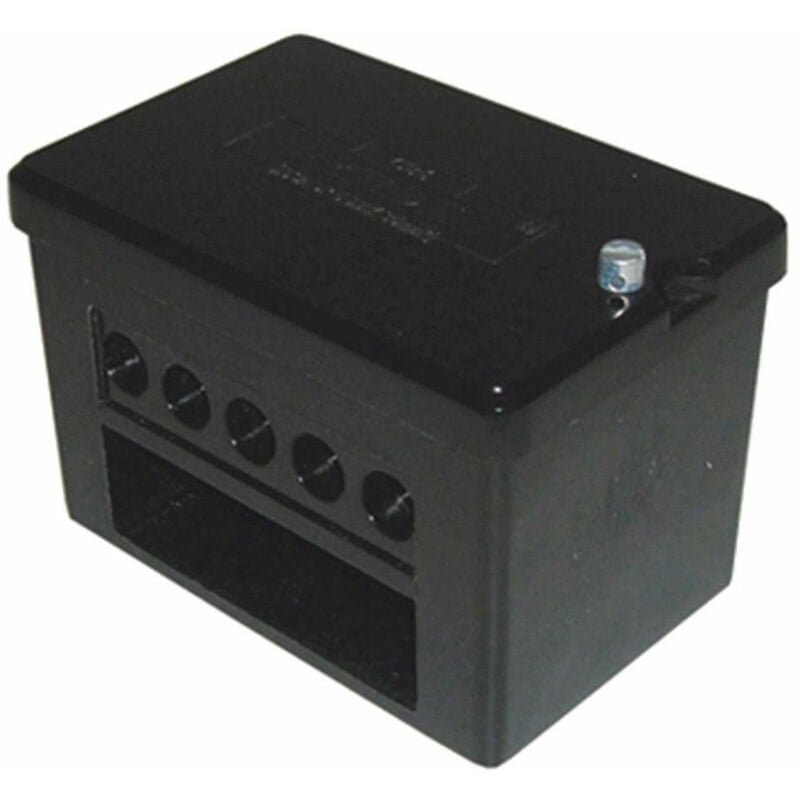
100A 2 x 5-Way 35mm2 Connector Block dp - Pack of 10 - n/a - Greenbrook
£96.00 Mano Mano UK
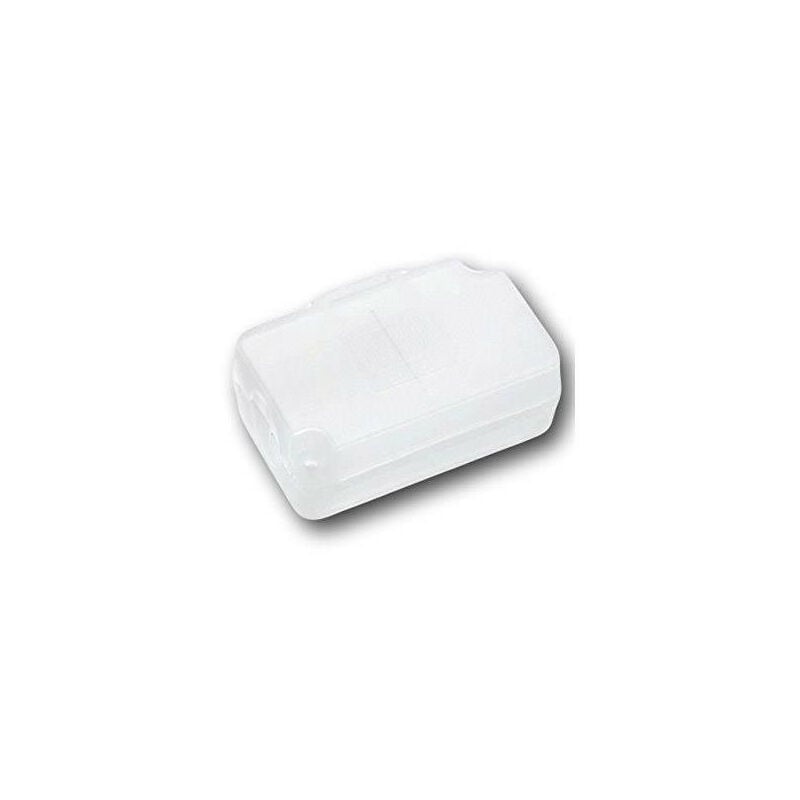
Economy Connection Box 2/A30A - Single - n/a - Greenbrook
£0.89 Mano Mano UK
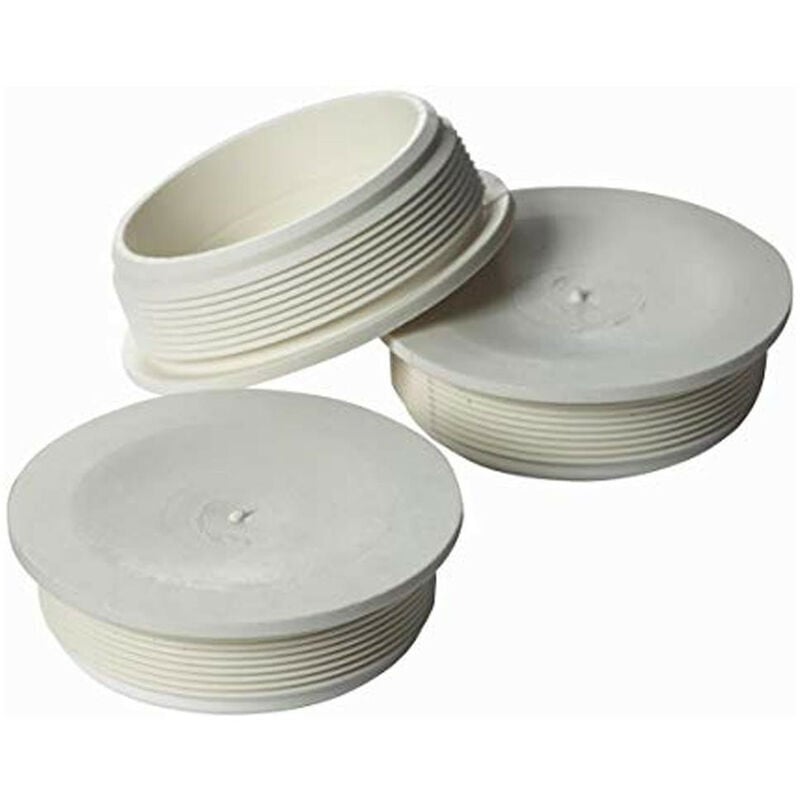
Wylex Membrane Cable Entry 10 Piece Kit - N/A
£5.38 Mano Mano UK
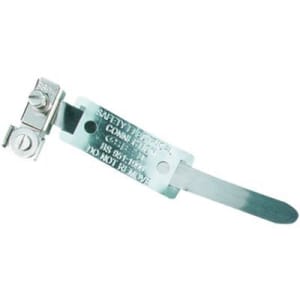
Wickes Earth Clamps - Pack of 5
£5.00 Wickes
1234511